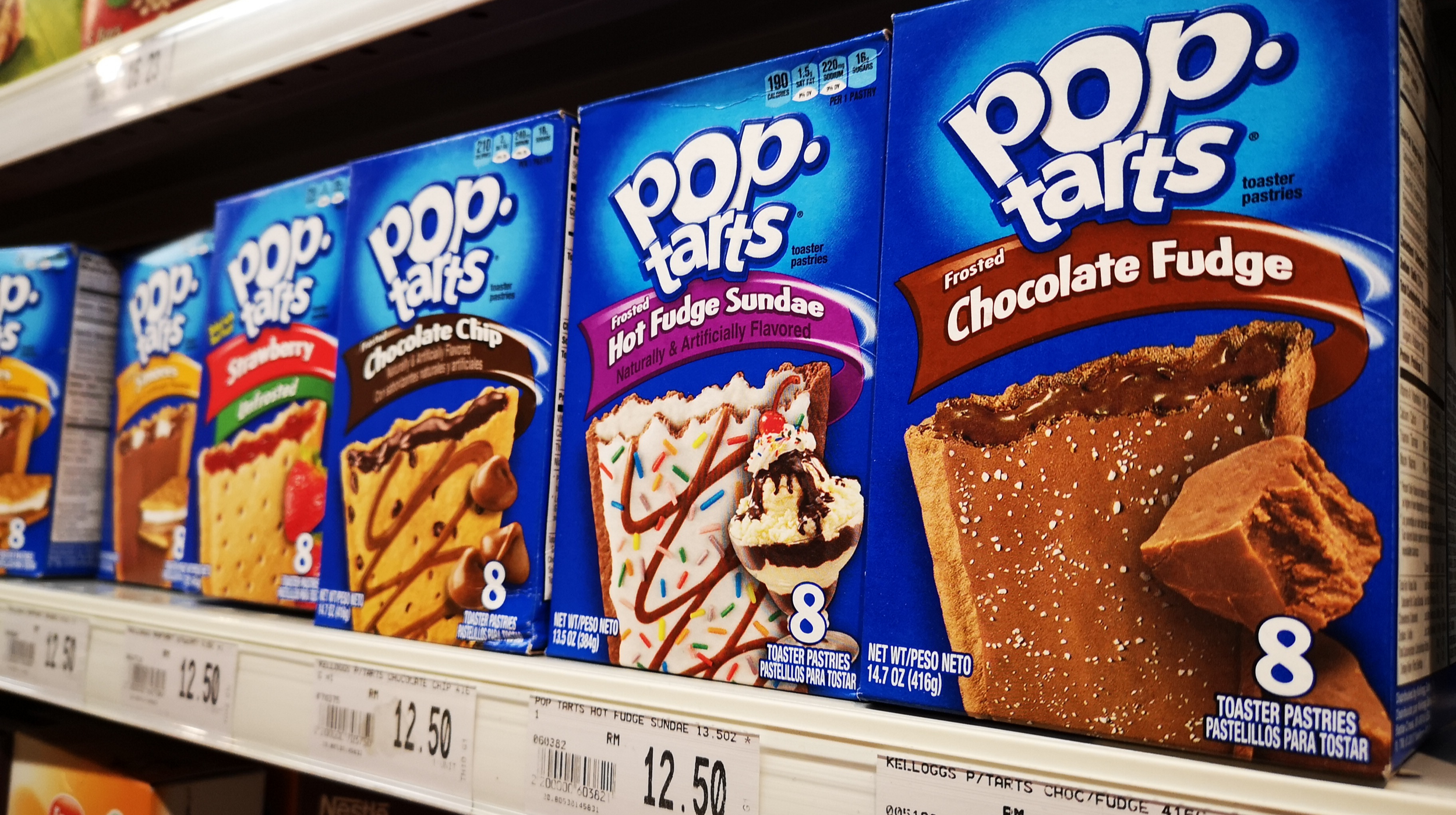IIFYM Sucks (Long Term)
May 23, 2019 mindpumpYou can find him passing out pamphlets in the LA Fitness locker room, telling you that a brownie has a better nutritional makeup than kale, yes, I’m talking about the Poptart Preacher, the Macro Spreadsheet Minister, Reverend Roll-up to Rosco’s With a Food Scale— the lifelong IIFYM’er. His kitchen looks less like a place to cook dinner and more like a lab to crunch numbers. He trusts his algebra more than his appetite. With stainless steel tablespoons for hands, he measures meals and calculates consumption.
Looks more like a science-fiction scene than a health practice, doesn’t it?
Treating our bodies like robots is not the wellness we are after. However, the popular practice of IIFYM—eating whichever foods fit into your daily macronutrient goals—has quite a bit of merit. It’s helped people understand food to be a measurable and manipulatable energy source. And it’s taught us that the difference between a bulk and a cut can be half cup of almonds, not a different diet entirely. To become familiar with the function of food and the rules our bodies play by, IIFYM is a stage we suggest you spend time in. Putting our consumption to paper is a revealing and illuminating practice, but it’s not our end goal to reduce foods to figures. And to understand what our end goal is, it’s important to acknowledge where we begin.
With most new behaviors or practices, there are four stages of learning.
Stage one is unconscious incompetence. This is the your girlfriend is pissed at you and you’re not picking up on the signs stage. This is when you don’t know that you don’t know. This is how most people are about nutrition. They have bad eating habits and don’t know why. They may be eating healthy foods and making “healthy decisions” but are unwittingly eating in excess and progressively gaining weight. They may have read a Buzzfeed article about the health benefits of Mediterranean diets, and now they pour olive oil over every meal, thinking the good fat is fighting the bad fat. They may have good intentions. This is simply a stage of unawareness, not nececarilly unwillingness.
Stage two is conscious incompetence. This is when you become aware of your unawareness. This is the teacher just hands you a pop-quiz stage. It’s that oh shit moment that often precedes the decision to make a change.
Stage three is conscious competence. This is when you actively know something and apply it. This is the IIFYM stage. This is where you know the rules of the human body. You know how many calories will make you lose or gain weight. You know the numbers and you can apply them. In this stage we make healthy decisions, but these decisions are more methodical than intuitive. It’s a necessary stage. But it’s one we hope you can grow out of.
The last stage is unconscious competence. This is when things become automatic. This is the Steph Curry at the free throw line stage. He doesn’t hear the thunderstucks, he doesn’t see the score, he doesn’t put the physics to paper and calculate the force it takes to throw a basketball fifteen feet. He just knocks down the shot.
This last stage is earned while in stage three. IIFYM is the teacher. It’s the fundamentals. It’s the elbow in, shoulders squared, big toe in-line with the rim, one dribble, shoot. You need to spend time in that stage until these cues no longer scream in your ear, but the teacher still guides you, not by a yank of the wrist but rather by a soft, subconscious whisper.
A basketball player doesn’t have to look toward their trainer to make a free-throw. They are able to walk up and shoot the ball. This should be our goal with nutrition. We should be able to delete My Fitness Pal. We should be able to donate our food scale to Goodwill. We should be able to look at a tangerine and be thankful for fruit, not resent the numbers beneath the peel. We should be able to walk into the kitchen and eat like a human—faintly guided by the time spent eating a little more like a robot.







